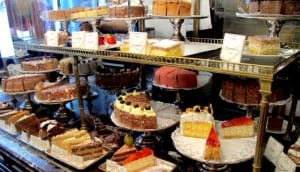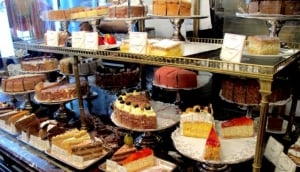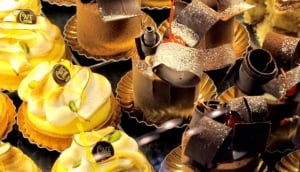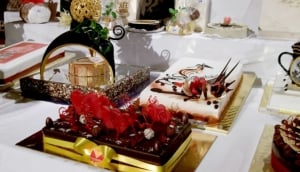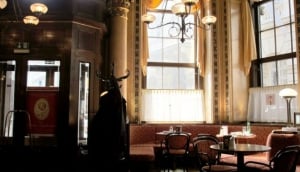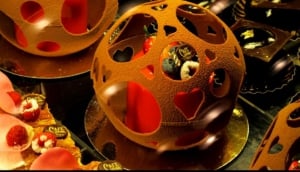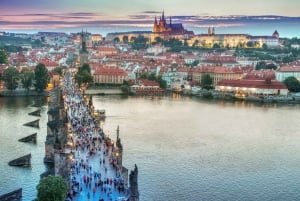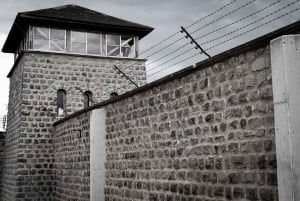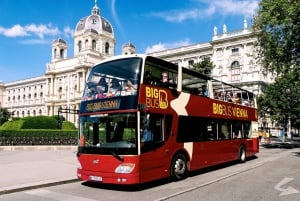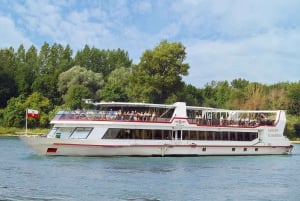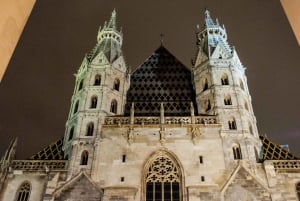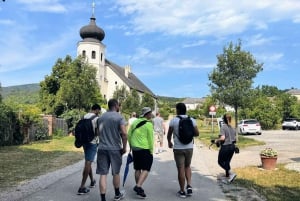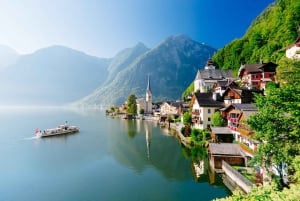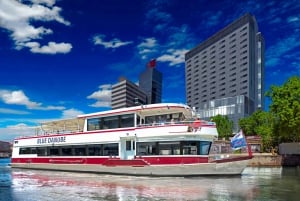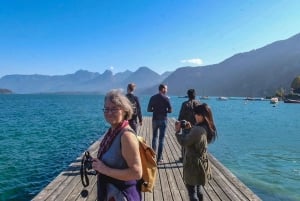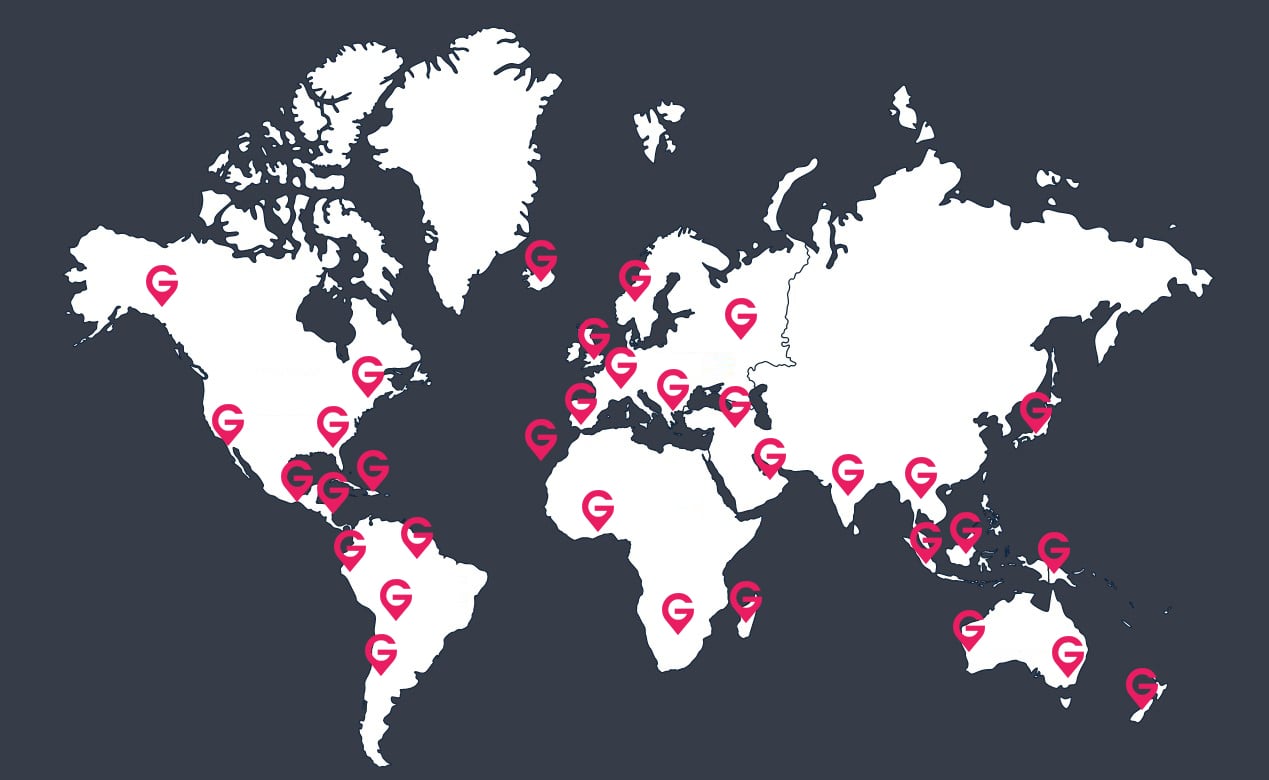Vienna's Cakes and Coffee Shops
During the late nineteenth and early twentieth centuries writers would flock to coffeehouses to work
トップ体験やツアーを予約する Vienna:
ご旅行の直前に Vienna への旅行を予約する場合、当社にお任せください。以下は、トップのツアーや体験です!ご旅行の直前に Vienna への旅行を予約する場合、当社にお任せください。以下は、トップのツアーや体験です!- ウィーン発:プラハへの日帰り旅行
- ウィーン:マウトハウゼン強制収容所記念館への日帰り旅行
- ウィーン:ビッグバス乗り降り自由の観光ツアー
- ウィーン発:デュルンシュタインとヴァッハウ クルーズ
- ウィーン:幽霊と伝説のガイド付き夜間ウォーキングツアー
When it comes to assignments, trying to immerse oneself in Vienna’s sugar fused delights had to be one of the easiest. Not least because coffee houses in Vienna are abundant amongst the wide choice of Viennese restaurants, but also because immersion was immeasurably easier than trying to abstain; which, quite obviously, would have been ridiculous.
Vienna is home to two very different types of coffee shops. The first are those which are intrinsically Viennese, both in atmosphere and customer experience while the second have spawned from well-known coffee chop chains prevalent around the globe. While in the latter speed and informality is the norm, a traditional Viennese Coffee Shop operates very differently.
The decor for a start is chic and classic. Tables are neatly arranged with upholstered antique chairs positioned strategically around them, while coat stands, grand pianos or framed paintings add an additional element of grandeur. Everything is designed for comfort and ease. The coffeehouses of Vienna appeal to everyone for the price of a cheap cup of coffee. While the atmosphere is formal, it’s not stuffy - just don’t expect a plastic chair and a paper cup.
Top tip: Some coffee houses ask that you select your cake from the counter and collect a ticket, which you then present to your waiter. The first coffeehouse in Vienna opened in 1685 and in 2011 UNESCO acknowledged the significance this institution has played in Viennese life by listing it in the Austrian inventory of Intangible Cultural heritage.
History has shaped how attitudes to cafe etiquette are perceived here; indeed during the late nineteenth and early twentieth centuries writers would flock to coffeehouses to work or even meet. While this might be taking this a little far these days, you can rest assured that if you want to order a coffee and read a book all afternoon you won’t be disturbed. Top tip: Don’t miss the chance to look around as many cafes have great interiors.
While taking the approach adopted by so many when presented with an array of mouth-watering cakes is good for those who like surprises, entering into your Viennese cake induction with the basics may help you avoid the somewhat risky strategy of ‘point and hope’. Other treats to look out for include Dobostorte, a cake made up of lots of thin layers cemented together with chocolate cream and topped with caramel and Esterhazytorte, a medley of almond sponge and cream with a glazed top. When it comes to coffee in Vienna here are a few to look out for:
- Melange: A mixture of coffee and hot milk which comes with foam or whipped cream on top.
- Grosser Brauner: A large Americano, served with a little jug of coffee-flavoured cream.
- Grosser Schwarzer: A large, strong, black coffee.
- Fiaker: A large black coffee with rum. Incidentally, named after Vienna’s horse drawn carriages.
Top tip: Do ask the waiters to explain if you need a hand working out to order. For times where your tummy needs some time out you can of course ask for your sweet treat to come take-away. For take-away confectionary Cafe Demel also has its own shop where you can browse the array of local specialties on offer. ‘Langues de chat’ are a popular souvenir and consist of chocolate coated biscuits in the shape of a cat’s tongue. Top tip: ‘Mozartkugel’ is another local delicacy that makes a good sweet souvenir.
For those who want to rub shoulders with the greats of the Viennese Coffeehouse world, every year during ‘Fasching’ make sure you secure your ticket to the Ball Wiener Kaffeesieder - Viennese Coffeehouse Owner's Ball.
Top tip: Book your ticket early as the Coffeehouse Owners Ball is extremely popular. It’s clear that Vienna’s coffeehouses have come a long way since their introduction to the Viennese way of life back in the seventeenth century. However, with Cafe Central serving almost 1,000 cups of coffee a day alone, it’s also clear for now at least, they are very much here to stay.



